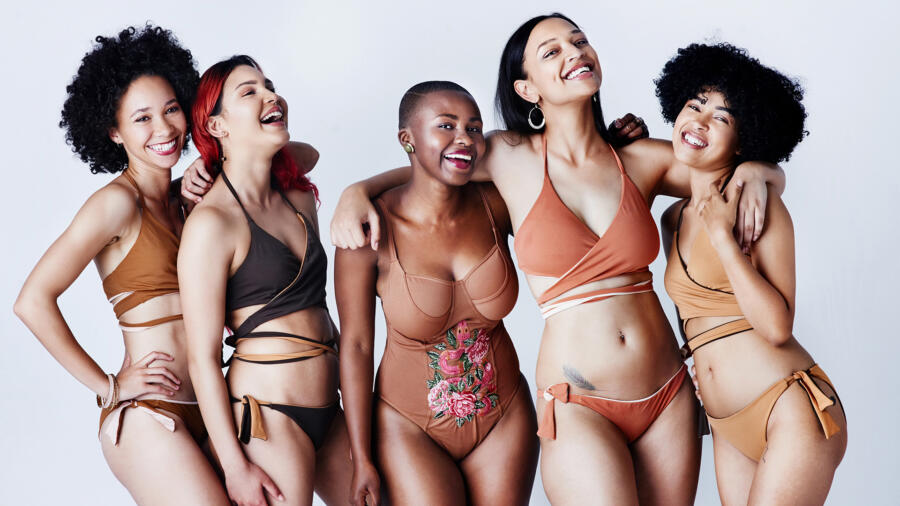On July 5, 1946, French designer Louis Réard introduced the bikini at the Piscine Molitor, a popular swimming pool in Paris. A Parisian showgirl named Micheline Bernardini modeled the new liberating style. Although many Americans were scandalized by the new skimpy garment, the bikini became a summer staple for many women by the 1960s. The bikini has also been a battleground for the debate over women’s bodies. The recent body-positivity movement has been instrumental in helping us redefine what it means to have a “bikini body.”
In the 1930’s, European women shifted from wearing a one-piece to two-piece bathing suits. However, only a scant sliver of midriff was visible in this early iteration of the modern-day bikini. This slightly more revealing swimsuit style made its way to American soil during World War II.
With World War II behind them, Europeans and Americans rejoiced at the end of the war during the summer of 1946. As France was liberated from Nazi control, fashion reflected the renewed sense of freedom. Jacques Heim and Réard released their competing bikini styles to the world. Heim advertised his “atom” swimsuit as “the world’s smallest bathing suit.” However, Réard’s bikini, named after the tiny atoll of Bikini where the U.S. tested the atomic bomb, was even smaller than Heim’s “atom.” It was made with only 30 square inches of fabric. When Réard planned the launch of his bikini, he could not find a professional model who would wear it. Bernardini, who was used to “baring her assets” as an exotic dancer at the Casino de Paris, agreed to model Réard’s bikini.
European women were quicker to plunge into the bikini trend. By the 1960s, Americans began to get on board with the skimpy swimwear trend. The 1960 song, “Itsy Bitsy Teenie Weenie Yellow Polka-Dot Bikini,” The Beach Boys and teenage “beach blanket” movies starring Annette Funicello and Frankie Avalon helped make the bikini mainstream beachwear.
In more recent history, magazine headlines screaming “Get Bikini Body Ready” have been omnipresent. The bikini became less of a liberating fashion statement, but rather an item only relegated to those skinny enough to wear it. The burgeoning body-positivity movement, spearheaded by models like Ashley Graham, has helped to redefine the meaning of “bikini body.” Today, more and more women, regardless of shape or size, are donning bikinis. Seventy-two years after its introduction, the bikini is beginning to liberate us once again.

